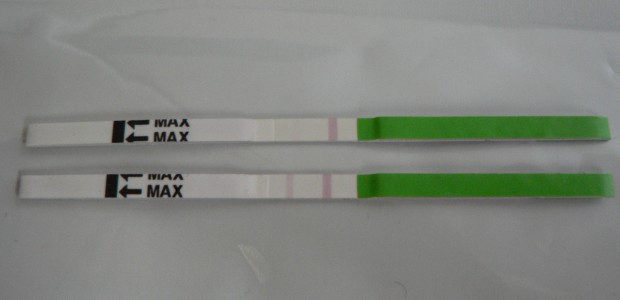What if you could determine if you had any cancerous tumors or blood clots in your body with a simple test similar to the standard pregnancy test? That’s the goal of a group of engineers at the Massachusetts Institute of Technology (MIT). They have developed a simple paper strip urine test that could significantly improve early cancer diagnostic rates.
It is well established that earlier detection can significantly reduce cancer mortality rates, but most contemporary methods of detection (such as colonoscopy and mammography) are unfeasible for many developing countries around the world. Studies have shown that cancer cases in these countries now account for nearly 70 percent of the global mortality rate.
The world is in desperate need of a better way to identify cancer cells earlier.
How Does this Paper Test Detect Cancer?
These MIT researchers have been working on a paper test that functions just like a standard pregnancy test. Within minutes, the test can show a person if cancer cells are present in the body. The engineers believe that it will help improve diagnostic rates and help patients get earlier treatment.
The key is the technology’s use of nanoparticles that interact with tumor proteins called proteases. The presence of these proteins will act as a trigger releasing hundreds of biomarkers that are easily detectable in the urine. The team then uses a specialized device to run analysis on these biomarkers.
(Quick Fact: This concept was first developed by Jack Andraka for diagnosing pancreatic cancer.)
“For the developing world, we thought it would be exciting to adapt it instead to a paper test that could be performed on unprocessed samples in a rural setting, without the need for any specialized equipment,” explained lead MIT investigator Sangeeta Bhatia. “The simple readout could even be transmitted to a remote caregiver by a picture on a mobile phone.”
Improving Early Diagnosis of Cancer Around the World
The research team coated nitrocellulose paper with antibodies that can grab these peptides. These peptides are then exposed to several test lines (invisible to the naked eye) comprised of other antibodies specific to different tags attached to the peptides. Lines that become visible mean that the sample contains the target peptide.
In lab research studies, this new technology accurately identified colon tumors in mice. It’s a very promising start on our way towards developing a diagnostic device for cancer unlike anything the world has seen.
“This is a new idea — to create an excreted biomarker instead of relying on what the body gives you,” exclaimed Bhatia. “To prove this approach is really going to be a useful diagnostic, the next step is to test it in patient populations.”
(Bhatia’s paper on her team’s work has been published in the Proceedings of the National Academy of Sciences.)
The test should see its first action with cancer survivors and other high-risk populations around the world. Their long-term goal is to provide each country with enough to conduct routine tests for their populations.

